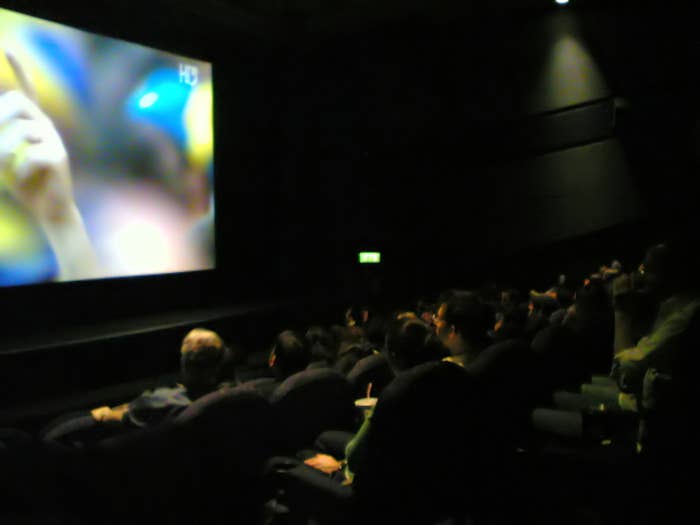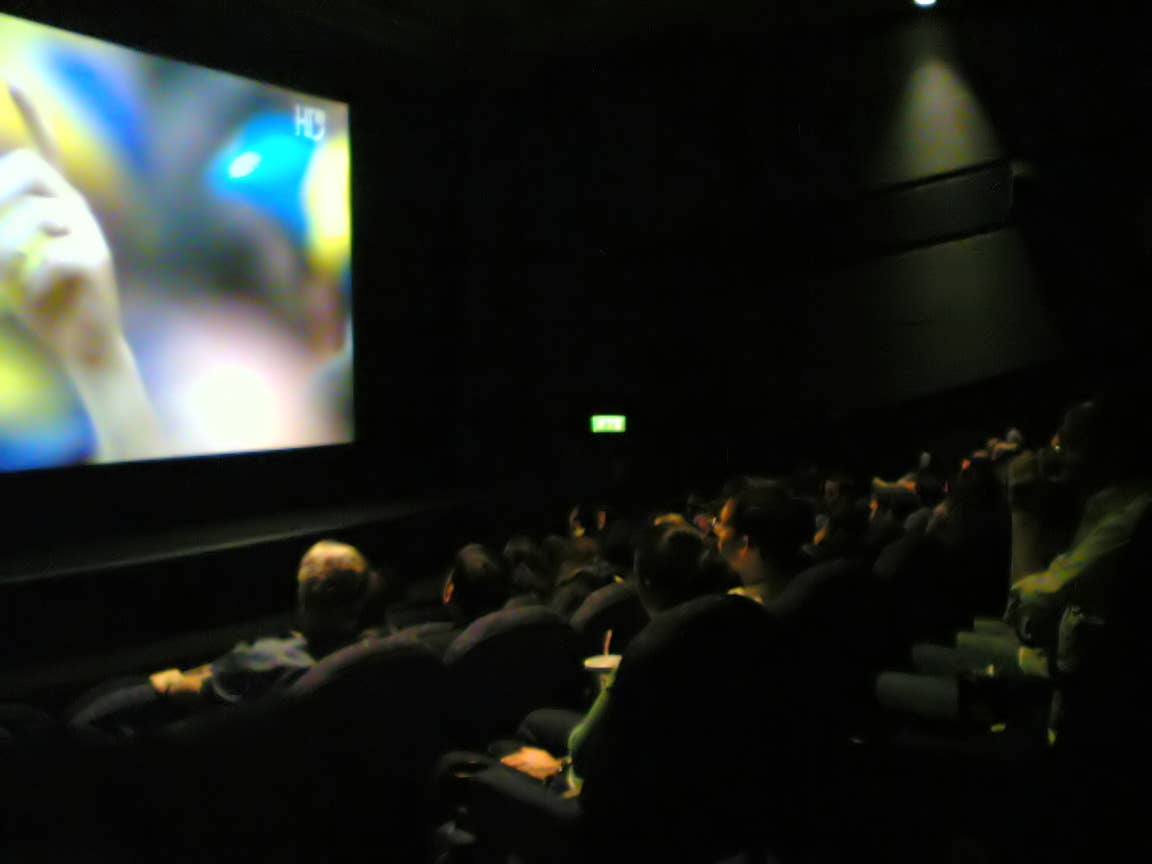
A new study demonstrates what anyone who has been in a movie theater this year already knows—that despite years of activism and a few high-profile exceptions, roles both behind and in front of the camera are overwhelmingly reserved for white, straight, able-bodied men.
The study, which examines 800 of the most popular movies from 2007-2015, was released on Wednesday by the Media, Diversity and Social Change Initiative at the University of Southern California's Annenberg School for Communication and Journalism. It can be found here.
The results for the 100 top-grossing films of 2015 are particularly dispiriting for people who were hoping for progress in Hollywood after all of the attention given recently to the overwhelming whiteness of the Oscars. The study found that 73.7% of the characters who either had names or speaking roles were white, a number roughly unchanged since 2007. But when it came to lead characters, things rapidly got even worse. A mere 14 out of the hundred films had a lead or co-lead who was a person of color. Only three of those 14 were female, and not one of them of any gender was Asian.
Speaking of gender, the situation was dire there as well. Out of all of the speaking or named characters, 68.6% were male. That translates into about 2.2 men onscreen for every woman. The study states, "There has been no meaningful change in the percentage of girls and women on screen between 2007 and 2015." Women accounted for a similar proportion of lead roles, around 32%.
The study also looks at the representation of LGBT characters. It found 32 in total across all hundred films—a number which was somehow a huge increase over 2014. It also, for the first time, examined characters with disabilities, and found they made up 2.4% of all roles.
Behind the camera, the situation was just as unbalanced. In 2015, there were a mere eight female directors, 30 female writers, and a single female composer. And out of all 800 films they examined between 2007-2015, African-Americans directed just 5.5%.
"We're seeing entrenched inequality," Stacy L. Smith, a USC professor and the study's lead author, told the Associated Press. "Whether we're studying gender, race, ethnicity, LGBT or characters with disabilities, we're really seeing exclusionary forces leaving out anybody that's not a straight, white, able-bodied man. Despite all the chatter and all the activism and all the press attention, it's another year where the status quo has been maintained."

